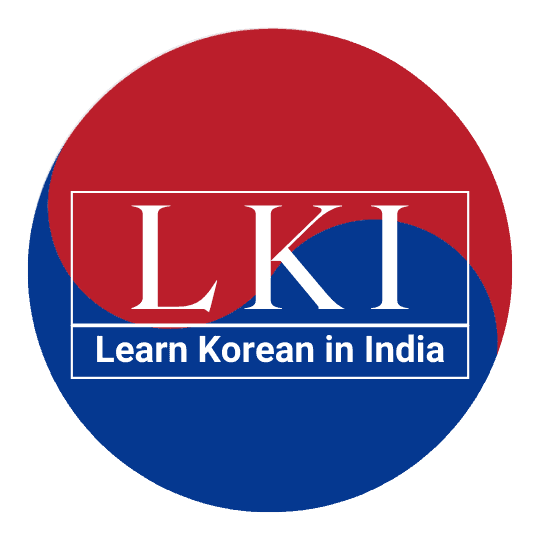Let's learn the difference between V+(으)러, (으)려고 and (으)려고 하다 [Korean Grammar] and make some example sentences.
Difference between V+(으)러, (으)려고 and (으)려고 하다 [Korean Grammar]
USE:
V+(으)러 가다 오다 and v-(으)려고 grammar patterns are connectors which come in the middle of the sentence. while v-(으)려고 하다 is a verb ending which will come at the end of the sentence.
1. V+(으)러 가다/ 오다 Korean grammar pattern is used to express the intention or purpose of going and coming somewhere.
It equals to "in order to do something " in English and 가다, 오다 or 다니다 always comes after the verb in the sentence.
2. V-(으)려고 Korean grammar pattern is used to express the intention or the purpose of the speaker to do something.
It equals to " in order to" in English.
3. V+ (으)려고 하다 Korean grammar pattern is used to tell the plan or intention to do an action.
It equals to "Plan to or intend to" in English.
CONJUGATION RULE:
These grammar patterns are used with verbs. The first step of the conjugation is to remove ‘다’ from the base form of the verb.
- If the verb stem is ending with a final consonant (받침), we use v+(으)러 가다/ 오다, (으)려고 or (으)려고 하다.
- If the verb stem is ending with any vowel( without patchim) then ‘v+러 가다/ 오다, 려고 or 려고 하다’ is used.
So let's take a verb 먹다(to eat). if you remove 다 from 먹다, 먹 (stem) is left. And then, look at the stem. So in the 먹, is ending with final consonant i.e. Patchim.
According to the conjugation rule, if the stem is end with Patchim, we add (으)러 가다/ 오다, (으)려고 or (으)려고 하다.
so it becomes 먹으러 가다/ 오다, 먹으려고 or 먹으려고 하다.
DIFFERENCE BETWEEN V-(으)러, V-(으)려고 & V-(으)려고 하다 GRAMMARS:
V-(으)러 grammar: - This pattern is only used with verbs, such as 가다, 오다, 다니다, 나가다. (connector)
EXAMPLE:
친구를 만나러 커피숍에 가요. (I go to the cafe to meet my friend.)
V-(으)려고 grammar: - This pattern can be used with all verbs.(connector)
EXAMPLE:
1. 친구를 만나러 커피숍에 가요. (I go to the cafe to meet my friend.)
2. 친구랑 이야기 하려고 친구를 만나요.( I am met my friend to talk.)
V-(으)려고 하다 grammar: - This pattern is totally different as it used to tell the plan or intention of the speaker.
But sometimes people confused it with -(으)려고 which is a connector.
EXAMPLE:
1. 한국에 가려고 해요. (I am planning to go Korea.)
2.저는 김치를 먹으려고 해요. (I am planning to eat kimchi.)
EXAMPLE SENTENCES:
1. v+(으)러 가다/ 오다.
- 점심을 먹으러 가요. (I am going to have a lunch.)
- 우리는 쇼핑하러 가요. ( We are going to shopping.)
- 한국어를 배우러 왔어요. ( I came to learn Korean.)
- 책을 읽으러 도서관에 가요. (I go to library to read books.)
- 친구를 만나러 왔어요. (I came to meet my friend.)
- 돈을 찾으러 은행에 가요. (I am going to the bank to withdraw some money.)
2. v+ (으)려고.
- 공부하려고 도서관에 갔어요. (I went to the library to study.)
- 책을 사려고 시장에 가요.( I am going to market to buy a book.)
- 한국에 가려고 한국어를 배워요. (I am learning Korean in order to go Korea.)
- 드라마를 보려고 집에 빨리 도라왔어요.(I comeback to my home quickly to watch the drama.)
- 선물 하려고 넥타이를 샀어요. ( I bought Necktie to gift.)
- 영어를 배우려고 학원에 가요.(I am going academy in order to learn English.)
- TOPIK 시험을 합격하려고 열심히 공부하고 있어요.(I am studying hard to pass the TOPIK exam.)
3. v+ (으)려고 하다.
- 저는 김치를 먹으려고 해요. (I am planning to eat kimchi.)
- 한국에 가려고 해요. (I am planning to go Korea.)
- 저는 한국어를 배우려고 해요 . (I am planning to learn Korean.)
- 미나 의 결혼 에 가려고 해요 ? (Are you planning to attend mina's wedding.)
- 왜 운전을 하려고 해요? (why are you planning to drive?)
- 졸업한 후에 대학교에 취직하려고 해요.(When I graduate, I intend to get a job at the university.)
- 날씨가 따뜻할 때 공원에 가려고 해요.(When the weather gets warm, I plan to go to the park.)

